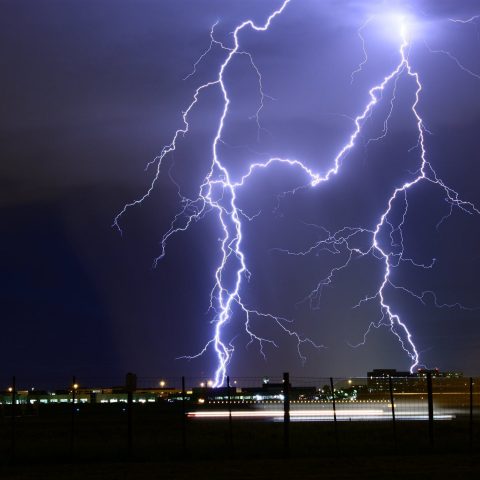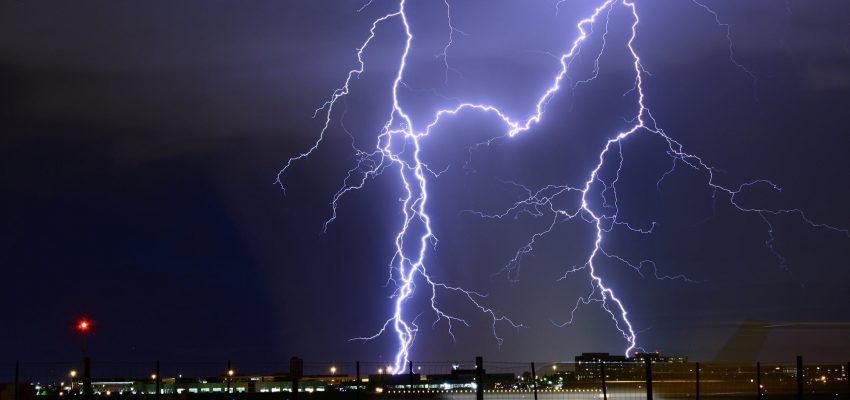In this edition of electrical engineering industry news, see what electrical professionals can do to get their clients prepped for storm season, what the National Electrical Code (NEC) says about lightning protection and bonding, and the seven NEC violations a state chief electrical inspector says he sees most often.
5 Ways to Prepare a House for Storm Season
Spring is underway, and with warmer weather comes an increased risk of severe weather—especially lightning. Electrical professionals need to educate their clients about surges and inform them of the basic efforts that can be employed to protect against costly power surges.
Here are five quick surge protection tips that people need to know:
- Use point-of-use surge protection devices (SPDs), which protect electronics and appliances when combined with a good grounding system.
- Have you or another professional check to ensure that the grounding system is up to code before installing any new surge protection.
- Present the option of panel SPDs, which mount in or on the main the main electrical panel to provide protection for the entire electrical system.
- To protect individual appliances, install point-of-use surge devices, such a surge strip.
- To enhance surge protection in the home, combine point-of-use devices with service entrance protection or an electrical panel surge protector.
For a more comprehensive explanation of the most important tips for storm season preparation, check out the full post.
Quick Clarification on Lightning Protection Systems and Bonding
On EC&M’s website, Mike Holt answered the following question, which ties in with the previous article:
Is it good practice to bond the lightning protection system to the building grounding electrode system?
Not only is it a good practice, but the NEC requires lightning protection systems to be bonded to a facility’s grounding electrode system. The connection minimizes the difference potential between the lightning protection system and the electrical system, thus reducing arcing between metal parts within the building. Refer to the full article on EC&M’s website for more information.
7 Common Electrical Code Violations
Based on an interview with a state chief electrical inspector and seasoned field inspector, Construction Pro Tips came away with the following common electrical code violations that cause a failed inspection:
- Choosing the wrong circuit breaker
- Forgetting the taper-resistant receptacles
- Wiring switches without a neutral
- Using a ground rod electrode when a better system is available
- Crowding a service panel
- Not enough receptacles in the foyer
- Insufficient bonding
As with all inspections, requirements may differ in your region, so check with local jurisdiction for clarification. And to see the full explanations behind these seven common electrical code violations, visit the Construction Pro Tips website.
Electrical Engineers: Your Source for Electrical News and Advice
Stay on top of new trends, advice and information by subscribing to the nVent ERICO blog. Our electrical engineering and product experts regularly publish new information, and also curate top resources with posts like this one.


